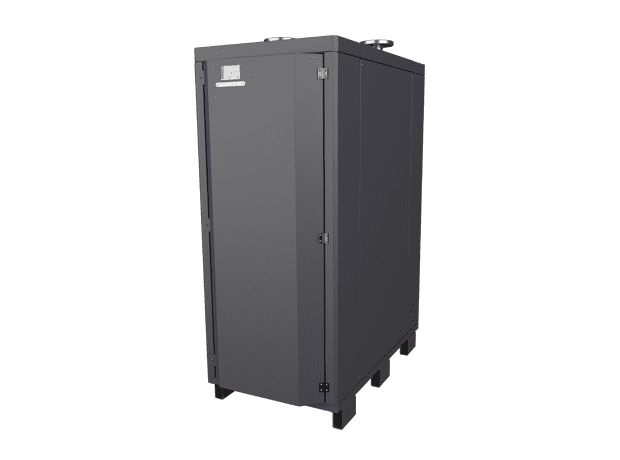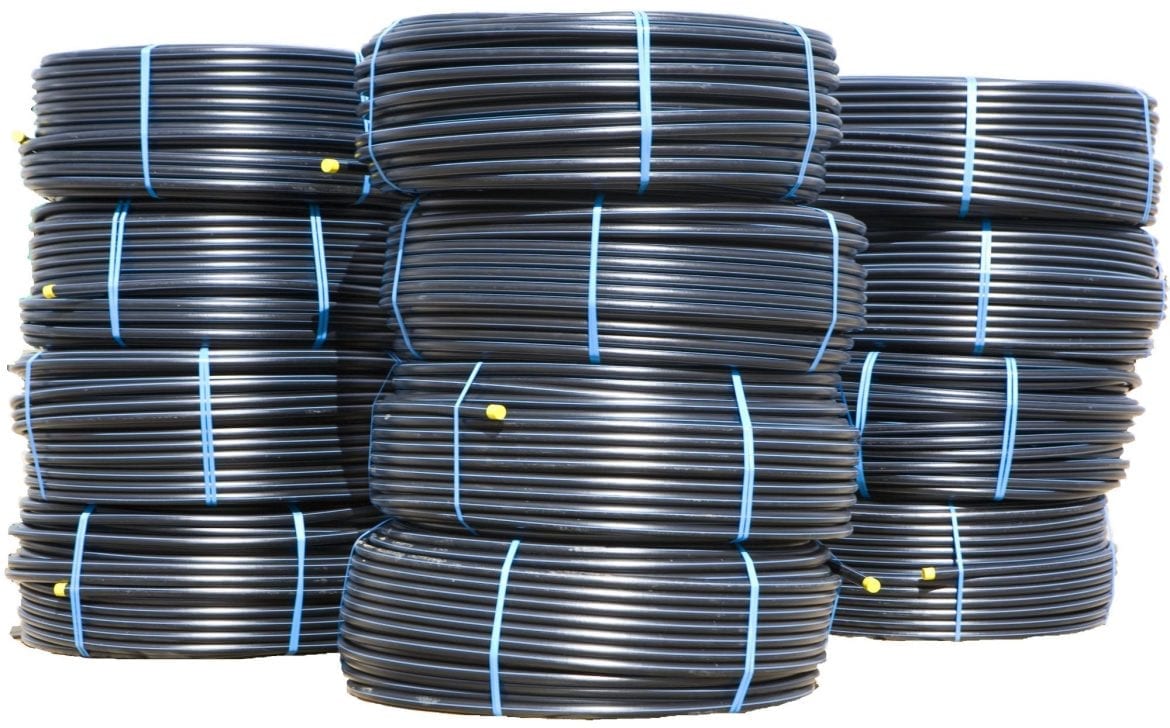As we come through the coldest months of the year, EG3 and National Energy Action (NEA) have published worrying statistics showing an alarming annual rise in the number of excess winter deaths, stating that UK winter mortality rates in 2018 hit their highest since 1976.
It is clear that something has to be done, and urgently. UK manufacturer Kensa Heat Pumps looks at the role ground source heat pumps can play in alleviating the problem of fuel poverty in rural off gas grid areas, and addresses some of the misconceptions about the widespread deployment of the technology versus oil alternatives.
The suitability and availability of heat pumps
Ground source heat pumps (GSHPs) with shared ground loop arrays are making the roll out of the technology viable at scale in areas where alternative forms of heat are not easily accessible; indeed they are also taking on the gas infrastructure, following recommendations by the Committee for Climate Change (CCC) that new build homes as of 2025 should be connected to a heat pump infrastructure, potentially ruling out gas in these scenarios in just six years.
Far from being a ‘niche technology for the wealthy few’, Kensa is encouraging and enabling the mass adoption of ground source heat pumps to dramatically reduce heating bills and improve living conditions for those in society who will benefit the most, without them having to pay a single penny. This is evidenced in the thousands of retrofit heating installations Kensa Contracting have delivered in both rural and urban social housing across the UK.
This is the best heating I’ve ever seen – and the hot water is even better still. I’d recommend it to anybody, and it’s not just me talking – I speak to neighbours and they’ve all said it is fabulous. Everybody I’ve spoken with has been terrifically pleased with it.
Mr Rowe, social housing tenant
Challenging the ‘niche’ market appeal of ground source heat pumps claimed by Oftec, in December 2016, Government wrote:
The Government recognises that ground source heat pumps are likely to be a strategically important technology for decarbonising heat, and anticipates potential for significant growth in deployment of this technology through the period to 2050.
However, despite the proven ability to deliver lower cost heating, combined with superior energy efficiencies, significant carbon savings and air pollution reduction compared to traditional fossil fuel technologies, there are dangerous misconceptions about the suitability of ground source heat pumps in rural fuel poor homes compared to oil. Aside from the obvious downsides to oil – budgeting for bulk deliveries, fuel storage, and vulnerability to volatile price fluctuations – in this blog Kensa corrects some of the most common technology comparison myths which have the greatest impact on those in fuel poverty today, and potentially in the future.
Oil vs. GSHP: Running Costs
The oil industry has recently claimed that high carbon oil boilers should continue to be the favoured fuel heating solution for rural householders suffering from fuel poverty on the basis that such systems offer ‘the cheapest fuel available to off-grid homes’.
This is a widely inaccurate claim.
Far from being the cheapest option, heat from an oil boiler costs 21% more.*
Oil vs. GSHP: Insulation
A further misconception is that ground source heat pumps are not suitable for the majority of off gas grid homes due to poor levels of fabric efficiency, i.e. insulation. In fact, all homes should be well insulated for all heating types: for heat pumps it is not essential, but equally desirable.
Simon Lomax, CEO of The Kensa Group, argues:
Too many oil industry veterans incorrectly claim ground source heat pumps can only work in homes with an EPC band of C or better. In fact, the vast majority of Kensa Contracting’s large-scale heat pump retrofit works are in properties with an EPC of D or lower!
And Delta-E, in its December 2018 study into the ‘Technical Feasibility of Electric Heating in Rural Off-Gas Grid Dwellings’, reported that ‘based on average peak winter day temperatures, around 84% of homes can be electrified at their current level of insulation. This increases to around 93% if all suitable homes have loft & wall insulation installed’.
Oil vs. GSHP: Current & Future Grid Capacity
As for the availability of electricity and impact of mass deployment of heat pumps on the grid, the international peer-reviewed journal, Energy Policy, recently concluded that the electrification of domestic heating on the grid is far less problematic than previously thought, affirming the long-term prospects for heat pumps. Their report, Decarbonising domestic heating: What is the peak GB demand?, concluded peak heat demand is 170 GW, around 40% lower than previously thought, and the maximum ramp rate is 60 GW/h, around 50% lower than previously thought. The report says, “the difficulties surrounding the electrification of heat are far less profound than previously assumed. These results can be used in the development of future energy pathways and scenarios.”
Over the next 10 years there will be significant changes to the energy market with electricity becoming increasingly important. The emergence of dynamic tariffs (which vary electricity charges depending upon the time of use) will permit further savings for the heat pump option, as will the use of heat storage products, smart controls and, in some circumstances, battery storage, to mitigate capacity problems. Most people will simply re-charge their heat storage devices using a ground source heat pump during the night when electricity is cheaper, lower carbon (generally) and available (as much of industry and commerce sleeps). The key is creating tariffs with sufficient price differential to alter long-standing behaviour. It is easy to see how the cost of electricity may still rise but savvy heat pump owners will see their heating costs fall.
Of course, in this scenario, ground source heat pumps are better-suited to load shifting initiatives because the source temperature does not vary during the course of the day. By contrast, an air source heat pump (ASHPs) really doesn’t want to be operating at 2am as the air temperature is usually at its coldest and most people won’t want to be disturbed by fan noise as they sleep. ASHPs simply won’t be efficient enough especially as the performance advantage of GSHPs will be more pronounced whenever waste heat can be used to increase the ground temperature. The coolth in the ground can also be used for summer passive cooling, which is a very desirable feature in the face of increasing global temperatures and overheating.
These future proofing technologies are all far more worthy of support via the Energy Company Obligation than the continued proliferation of oil boilers and their excessive carbon footprint. And it is certainly excessive.
Oil vs. GSHP: Emissions
Using the carbon intensity factors proposed for SAP 10, an oil boiler emits almost five times as much carbon as a ground source heat pump so there is absolutely no justification for their continued use when far more appealing options are available (and sensibly supported by a Government who understands these facts). And we haven’t even talked about air quality.
Should synthetic oils with reduced carbon emissions ever emerge then of course the emission comparison between ground source heat pumps and oil will be reviewed, but the harsh reality for the oil sector is that right now other technologies are making bigger strides forward and will offer more compelling choices for those in fuel poverty and beyond. Climate change was caused by oil: oil will not be the saviour.
Against this backdrop, it is easy to see why Government views ground source heat pumps as strategically important, and how ground source heat pumps are a cheaper and cleaner heating solution for those in fuel poverty, whether replacing oil, direct electric, gas, or CHP.








